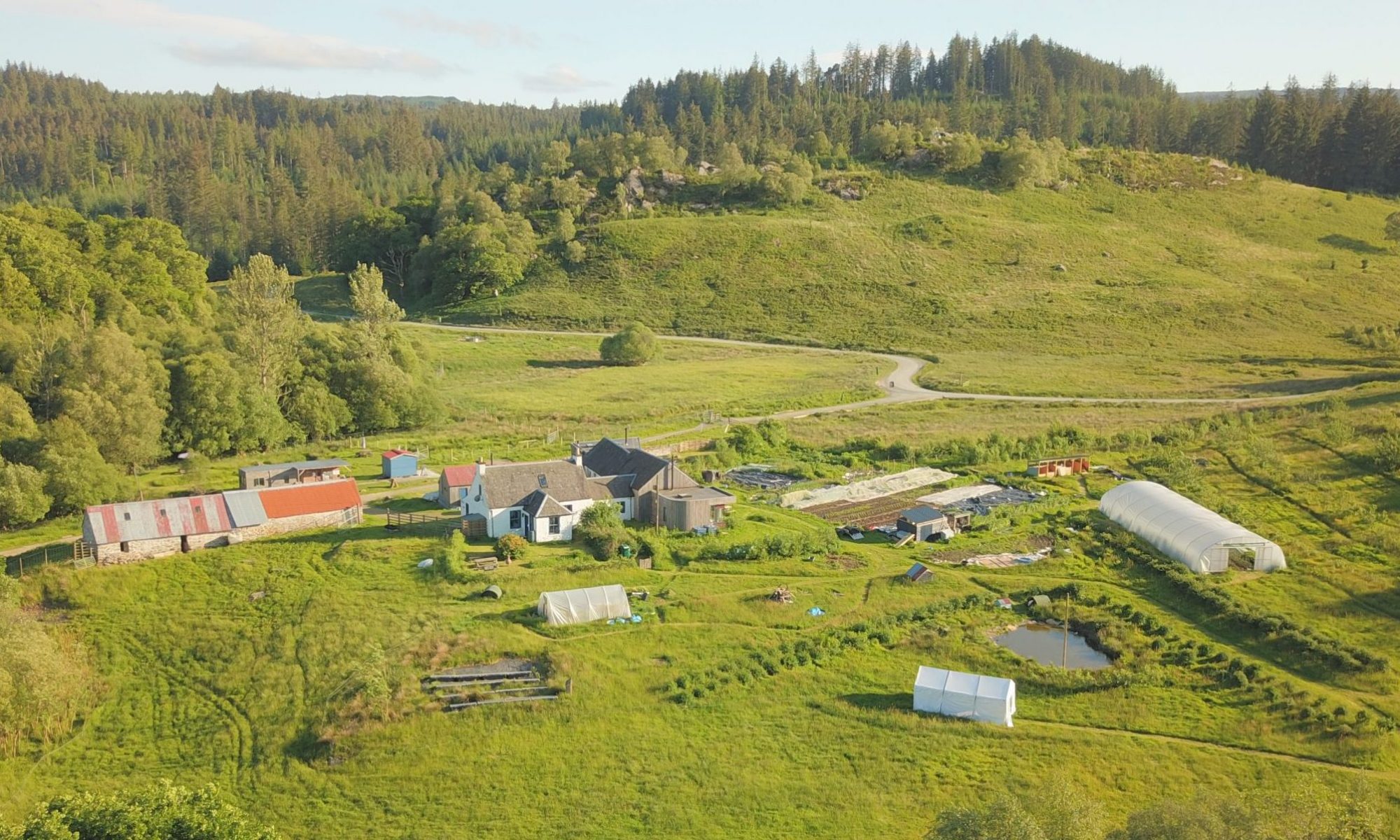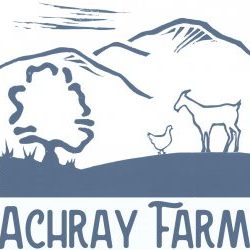So… just as our latest project got to a critical point (more on that in a future post), I dropped everything to go a remote area of Finland for four days.
Why on earth?! I asked myself the same question but, in short, it was too fantastic an opportunity to turn down and I had made the commitment back in March when I signed up to Forth Valley and Lomond Leader Wild Wonder’s Foraging Course. Since March I have been meeting with a diverse group of incredibly interesting (and rather lovely) folk once a month to learn about sustainable foraging in Scotland.
It’s been a revelation to learn about the wonderful wild foods that are growing in our woodlands, hedgerows, hills and coastal areas and experience the incredible flavours and health benefits they bestow. As if that wasn’t enough, at every meeting up, each participant brings along a food or drinks contribution towards lunch. I’ve been struggling to expand my vocabulary to describe new and delicious tastes. In Spring, fermented wild garlic was to die for, crunchy succulent Sea kale early summer felt like a healthy treat – so much more exciting that the kale from our field – which is also pretty good! Finally, the blaeberry cream cheese tart is something that will be an annual mid-summer commitment from now on.
The course has been led by Mark Williams (gallowaywildfoods.com). A guy who knows a hell of a lot, has even more patience and knows how to share his knowledge. However, it was fair to say that everyone was excited about going to Finland, including Mark, particularly because it offered the possibility of finding mushrooms that he’d not come across before.
The Event was part of a wider “Wild Wonders” project, with partners in Latvia, Lithuania and Finland. Our Scottish group travelled to Illomansti, in North Karelia, a remote region close to the Russian border, heavily forested and sparsely populated. The reason for our visit was to attend the Wild Food Festival in lllomansi to help us prepare for the first Scottish Wild Food Festival this September 14th. However, that was on the Saturday and we arrived Wednesday evening in time to be treated to a welcoming buffet in a huge “wood cabin” restaurant and the warmth and hospitality of the people of Karelia.


This welcome continued for the next four days wherever we went and will be a lasting memory of Finland. It went hand in hand with The Finn’s respect and knowledge of their “wild food”, so much so that it is enshrined in law that it is everyman’s right to gather it, regardless of the landowner. In good years Finnish Households pick 50 million kilos of wild berries in addition to another 20 million which are picked on a commercial basis.
The next few days proved to be a blur of activity, working together to prepare a 3 course foraged meal.. and then sit down together to share it, an icy swim in a lake and the sound of chainsaws in the morning as the international Bear Carving Championships got underway in the car park to our hotel!


What had the biggest impact? Its hard to say, the openness of the forests and the joy of walking through them perhaps, or how they were carpeted with berries packed with wonderful health-giving properties. So many types of berry; blaeberry, lingonberry, cloudberry, crowberry to name a few. The bog whortleberry got my vote for most delicious straight from the bush.
I fell in love with the silver birch and the tall shimmering aspen and have returned with a commitment to plant even more trees at Achray Farm and to off set the carbon footprint of my flight to Finland by planting more elsewhere.

At the Wild Food Festival, l I talked to a stall holder representing a charity supporting families. She was a dietitian and part of her role involved encouraging families to forage and rediscover the health benefits of berries and mushrooms. How fantastic is that?
One government research and development organisation, LUKE (Natural Resources Institute Finland) gave a fascinating presentation regarding the social and economic significance of wild forest products. Amongst other things they have mapped the areas that are concentrated with wild foods such as the Finnish blueberry and produced an app to assist people to find them. They are also committed to supporting private forest owners (of which there are many in Finland – 600,000 owning 14 million hectares of forest) to improve the economic benefits of sustainable forest foods with harvests such as mushrooms, herbs and sap. As much as half of this produce goes for export. In addition, Resin production from spruce can be harvested for wound infection treatment for use in pharmaceuticals.

For me, perhaps one of the most pertinent take home messages from the trip came from a couple of small farms we visited. They have diversified what they do in order to retain a strong commitment to looking after the biodiversity of the place they live. It was a joy to find small Finnish sheep in the forest, delightfully friendly and who accompanied us on the remainder of our walk. This was part of the commitment to Agroforestry that both farms we visited had taken. Agroforestry is happening over here – the Woodland Trust in Glen Finglas for example, but there could be so much more. Finally, and unexpectedly, the trip renewed my batteries at a point when unexpected life events, the complexity of regulations and making them work for small-scale sustainable farming, were at risk of defeating me. Having come to farming late in life and continuing to feel an amateur I was able to add two more strong female role models working in sustainable agriculture to the small but growing number of Scottish ones I know.








